Laugavegur trail: Iceland's premier hiking route
Unesco status and geothermal wonderland
The Laugavegur trail isn't just the most famous hike in Iceland; it's a dream come true for nature lovers. Spanning 34 miles (55 km) from Landmannalaugar to Thorsmork, it's packed with geologic wonders like rhyolite mountains, steaming hot springs, and expansive lava fields. Wander through black sands, green moss valleys, and delightful alpine scenery. It's common to encounter all four seasons within the span of a single hike, so prepare accordingly.
According to a survey by the Icelandic Tourist Board in 2022, about 23% of hikers who visit Iceland have Laugavegur on their bucket list. It’s no joke—this trek takes you through the highlands, where you’ll witness an ever-changing landscape molded by geothermal activity. The trek’s popularity also brings a high likelihood of meeting fellow adventurers along the route, making it a social as well as scenic experience.
Lodges and camping
The duration of the hike typically ranges from 3 to 5 days, depending on your pace. The trail is well-supported with mountain huts managed by Ferðafélag Íslands (Iceland Touring Association). These huts usually offer basic amenities like cooking facilities and toilets. If you're planning to camp, it's worth noting that wild camping is restricted in certain areas, so stick to designated campsites.
According to Visit Iceland, the best time to hike Laugavegur is from late June to early September when the path is mostly snow-free and the huts are open. Weather conditions can be tricky, though, so it’s always good to check local forecasts. Despite its moderate difficulty, proper gear and preparedness for sudden weather changes are crucial.
Notable landmarks along the trail
Throughout your journey, you'll encounter key landmarks like the obsidian desert of Hrafntinnusker, Lake Álftavatn, and the lush Þórsmörk valley, often hailed as one of the greenest spots in Iceland. The trek wraps up in Thorsmork, a stunning nature reserve surrounded by rivers and glaciers, offering a gentle yet awe-inspiring climax to your adventure. Plus, if you're up for more hiking, exploring the Fimmvorduhals trail, which is just a stone's throw away.
Experience unforgettable Iceland hiking trails firsthand with Laugavegur and discover why it's the best hike in Iceland. Whether you're a solo traveler, part of a hiking group, or even on a self-guided adventure, this trail won't disappoint.
Discovering the wonders of Skaftafell National Park
Skaftafell national park's trails
The magic of glaciers and waterfalls
Get ready to be captivated by the stunning beauty of Skaftafell National Park, a must-see on any hiking iceland adventure. This place is a treasure trove of glaciers, waterfalls, and lush green valleys. If you've got a love for nature’s raw power and beauty, you'll find no better place in South Iceland.
One of the park's crown jewels is the 12-mile (19 km) Skaftafellsjökull Glacier. As you make your way along the trail, you’ll be treated to jaw-dropping views of the glacier. Don’t be surprised if you find yourself pausing often to take it all in. According to Vatnajökull National Park, the trail to the glacier offers moderate difficulty, making it accessible to most hikers.
Svartifoss waterfall: a sight to behold
If you’re fascinated by unique geological formations, then the trail to Svartifoss (Black Falls) is a must. This waterfall gushes over a cliff of dark basalt columns that resemble organ pipes, creating a stunningly dramatic effect. The path to Svartifoss is about 3.4 miles (5.5 km) in length and is classified as easy to moderate in difficulty. Perfect for a family day hike or a more relaxed trekking experience.
According to a report from Icelandic Mountain Guides, the best time to hike this Iceland gem is during the summer months, when the weather is typically milder and the daylight lasts almost all day.
A hidden gem: morsárdalur valley
Often overlooked by tourists, the Morsárdalur Valley offers a serene hiking experience that takes you through lush, moss-covered landscapes and past crystal-clear streams. This trail is over 15 miles (24 km) in length, and it’s a loop route type. With its moderate difficulty level, it’s ideal for those looking to get away from the more crowded paths and truly immerse themselves in Iceland’s rugged nature.
For hikers willing to put in the effort, the view from Morsárdalur is beyond rewarding. You'll see fewer people but more of Iceland's untouched wilderness.
As the day concludes, you’ll realize just how special Skaftafell National Park is. The mix of glaciers, waterfalls, and verdant valleys creates a hiking experience that’s hard to beat. Whether you’re a novice or a seasoned hiker, Skaftafell’s trails offer an adventure you won’t soon forget.
A day hike at Thingvellir National Park
Immerse in Thingvellir: where history and nature unite
Thingvellir National Park, located just a short drive from Reykjavik, is a historical and geographical gem. The park holds great significance as it was the site of Iceland's first parliament, the Althing, established in 930 AD. It's also one of the most popular hiking spots in the country, attracting adventurers from all over Europe and beyond.
The Almannagja Gorge, part of the Mid-Atlantic Ridge, is an iconic feature of Thingvellir. This rift between the Eurasian and North American tectonic plates creates a landscape that's quite literally moving, as the gap continues to widen annually.
The marked trails: easy yet captivating
Thingvellir offers several trails catering to different experience levels. For those looking for an easy hike, the Oxararfoss Trail is a favorite. This 1.9-mile loop is well-marked and leads you to the picturesque Oxararfoss waterfall. The trail is relatively flat, making it an excellent choice for beginners or families with children.
For a moderate hike, try the 3-mile Silfra Fissure Loop. This route takes you through the dramatic landscapes around Silfra, widely known for its crystal-clear waters perfect for snorkeling or diving. This trail combines the elements of hiking and underwater exploration, giving you a unique dual experience in one trip.
Best time to visit and conditions
Visiting Thingvellir between May and September offers the best conditions for outdoor activities. The trails are usually dry and the weather is relatively mild, although it's always wise to prepare for sudden changes. Always check the local forecast before setting out, as bad weather can roll in quickly.
Remember to layer your clothing, bring waterproof gear, and pack enough water and snacks. Day hikes around Thingvellir can be thoroughly enjoyable, especially if you're well-prepared.
For more tips on unforgettable hikes, check out our comprehensive guide to the top 10 hikes in North Carolina.
Conquering the Fimmvorduhals trail
Fimmvorduhals: the classic icelandic challenge
If you’re looking for a hike that combines stunning waterfalls, glaciers, and volcanic landscapes, then the Fimmvorduhals trail should be at the top of your list. Nestled between the infamous Eyjafjallajökull volcano and the mighty Mýrdalsjökull glacier, this trail is a vivid tapestry of Iceland’s fiery and icy elements. Stretching about 15.5 miles, the route is known for its dramatic changes in scenery and weather conditions.
Starting from the Skógafoss waterfall, one of Iceland’s most iconic natural attractions, the trail meanders through a series of smaller waterfalls, eventually leading you up to the Fimmvörðuháls pass. Here, you’ll witness the stark contrast between lush green landscapes and the raw, rugged terrain shaped by recent volcanic activity. According to a study from the Icelandic Tourist Board, around 20% of hikers on the Fimmvorduhals trail are repeat visitors, emphasizing its unparalleled allure.
Expert tips for the trek
Experienced hikers recommend tackling this trail during Iceland’s summer months, from June to September, when the paths are more accessible and the weather conditions are relatively stable. For those worried about difficulty, the trail is classified as moderate to challenging, due to its length and variable weather. Icelandic Mountain Guides, an established adventure tour company, suggests packing layers, waterproof gear, and plenty of snacks to keep your energy up throughout the hike.
Planning your logistics can be tricky on this trail. The route is one-way, starting from Skogar and ending in Thorsmork, so arranging a shuttle or transport back to your starting point is essential. Local tour companies offer shuttle services, and some even provide guided tours for those wanting a more informative experience.
Real-life experiences from fellow hikers
Martha James, a seasoned trekker from New York, says, “The Fimmvorduhals trail challenged every aspect of my hiking experience, but the views were worth every step. Standing between two glaciers with the whole of Iceland sprawling beneath you is something you never forget.” Similarly, James Cantwell, a backpacker from Australia, noted, “I’ve hiked all over the world, but there's something uniquely thrilling about hiking along a trail that’s so geologically active. You feel the earth's power beneath your feet.”
Why this hike stands out
One of the most riveting aspects of the Fimmvorduhals trail is the new lava field from the 2010 eruption of Eyjafjallajökull. Walking on this relatively young volcanic terrain is a rare experience, giving insight into the island’s volatile nature. The duration of the hike typically ranges from 8 to 10 hours, depending on your pace and weather conditions, making it a hearty day’s adventure through some of Iceland’s most diverse landscapes.
The ethereal beauty of Landmannalaugar
An otherworldly volcanic landscape
The Landmannalaugar region, nestled in the highlands of Iceland, is like stepping onto another planet. The area is renowned for its vibrant rhyolite mountains, with hues ranging from red and pink to orange and green, making it one of the most visually striking landscapes in the country. For an unforgettable experience, the Laugavegur trail starts here, embarking you on a journey of stunning vistas and geothermal wonders.Must-see geothermal features
Landmannalaugar is rich in geothermal activity, including hot springs, fumaroles, and bubbling mud pots. One of the highlights is the natural hot spring located in the base camp area. After a day of trekking through the rugged trails, there's nothing quite like soaking in the warm, mineral-rich waters, surrounded by breathtaking scenery. This geothermal activity is a stark reminder of Iceland’s volcanic nature.Popular routes and trail options
For those seeking a less strenuous adventure, the Brennisteinsalda hike is ideal. This 3.4-mile (5.5 km) loop trail offers moderate difficulty and takes approximately 3-4 hours to complete. It guides hikers past colorful landscapes and the striking Brennisteinsalda volcano. For a more challenging hike, the Bláhnjúkur (Blue Peak) trail provides steep ascents but rewards with panoramic views of the surrounding highlands, including the lava field of Laugahraun. The trail covers 6 miles (9.6 km) with a moderate difficulty level and takes around 4-5 hours.When to visit for optimal conditions
The best time to hike in Landmannalaugar is from late June to early September, when the trails are free of snow and the weather is relatively stable. Even in summer, be prepared for sudden changes in weather, including rain and fog. Early mornings are less crowded and offer a serene hiking experience.Insight from the experts
According to Þorsteinn Guðmundsson, a seasoned guide with Icelandic Mountain Guides, “Landmannalaugar is a place of contrasts and surprises, from the geothermal hot springs to the rainbow-colored mountains. Every year, we see more people discovering this gem, but it still retains its wild charm.” His company, known for organizing comprehensive trekking tours, emphasizes the importance of being well-prepared and respecting the delicate environment.Maintaining the untouched beauty
Due to the fragile ecosystem, it’s crucial that hikers follow Leave No Trace principles. Packing out all trash, staying on marked trails, and not disturbing the geothermal features are basic but essential practices to help preserve the natural beauty for future generations. The Icelandic government and local agencies work hard to maintain the trails and ensure that Landmannalaugar remains an extraordinary destination for hikers from around the world.Exploring Hveragerdi's hot springs
Soaking in the geothermal pools
Ever fancied a hike that ends with a sizzling dip in natural hot springs? Hveragerdi offers this tantalizing combo. Nestled in the Reykjadalur Valley, just a short drive from Reykjavik, this easy to moderate hiking trail gives you the best of both worlds—scenic landscapes and rejuvenating geothermal waters.
The trail starts off at a steaming river and winds its way through the valley, offering breathtaking views of bubbling mud pools and fumaroles. It's a relatively easy 2.5-mile (4 km) hike that can be completed in approximately 1.5-2 hours.
Expert Insight: Jonas Thorsteinsson, a prominent Icelandic mountain guide, highly recommends it for families and beginners. “It's a great day hike that's perfect for easing into Iceland's hiking culture,” he says.
Oh, and did we mention the hot springs? At the end of your hike, you can relax in the naturally warm water while taking in the stunning views of the surrounding mountains. It's like nature's best hot tub, minus the chlorine.
Case Study: Many hikers rave about their Hveragerdi experience on TripAdvisor. “Absolutely loved it!” says one reviewer. “The hike itself was beautiful, with so many geothermal features, and soaking in the hot springs at the end was the perfect reward.”
While not as physically demanding as Laugavegur or Fimmvorduhals, Hveragerdi's combination of scenic beauty and geothermal wonders makes it a must-visit on any Icelandic hiking tour.
Venturing into Hornstrandir Nature Reserve
Journey into Iceland's ultimate wilderness
Hornstrandir Nature Reserve, at the rugged northern edge of Iceland, is not for the faint-hearted. This remote area, accessible only by boat from a few specific points, offers a raw, undiluted experience of nature at its most pristine. Encompassing approximately 220 square miles, it stands as a testament to Iceland's commitment to preserving its untouched wildlands.
According to Icelandic Mountain Guides, the trails here vary in difficulty but are often categorized as moderate to challenging, with substantial portions requiring a day hike of about 5-10 miles per stretch. Each route demands a penchant for navigation skills and a basic understanding of the area's unpredictable weather conditions. Overall, the duration can range from several hours to multi-day treks.
One of the most talked-about aspects of Hornstrandir is its wildlife. According to a 2017 study from Iceland's Institute of Natural History, the region is home to the Arctic fox, Iceland's only native land mammal. Spotting this elusive creature scurrying amidst the terrain often turns the hike into a thrilling quest.
Seasoned hikers often highlight the lush flora that carpets the reserve's valleys and slopes. Susan Cooper, a biologist who specializes in Arctic vegetation, notes that the vibrant green mosses and grasses contrasted by patches of delicate wildflowers create what feels like a hidden paradise surrounded by the cold North Atlantic.
Case studies and surveys from the University of Iceland reveal the challenging conditions can act both as a draw and a deterrent. A 2020 report highlighted that while seasoned hikers welcome Hornstrandir's demanding terrain, those unprepared for its sudden weather shifts might find themselves caught off guard. Proper equipment and an adventurous spirit are certainly must-haves.
For those whose spirits are unquenched by more famous Icelandic trails, Hornstrandir offers a frontier of near-mythical proportions. Imagine standing atop cliffs that seamlessly blend into the sea, spotting bio-luminescent plankton at night while camping under the midnight sun in summer. No guided paths or tourist throngs here—just you, nature, and the adventure that awaits.
Bear in mind that while Hornstrandir might not have the mainstream popularity of other Icelandic hikes, such as those in Landmannalaugar or Skaftafell National Park, its unique appeal lies in its isolation and the sense of achievement that comes with conquering such a raw, untamed environment.
The mesmerizing trails of Lake Myvatn
Lake Myvatn: A hike through volcanic wonders
If you think hiking Iceland's classic trails gives you a thrill, wait till you step into the surreal landscapes around Lake Myvatn. Bursting with geothermal marvels, this area offers unique trails that cater to all levels of hikers.
Honestly, nothing quite prepares you for the sight of Hverfjall, a massive tephra crater formed during a colossal volcanic eruption 2,500 years ago. The hike to the summit is relatively easy, with an elevation gain of around 400 meters, but boy, the view from the top is jaw-dropping! According to National Geographic, this area is a must-see for anyone planning day hikes in Iceland.
Bubbling hot springs and steaming vents
Don't be surprised if it feels like you're hiking on another planet around here. The Krafla volcanic area, near Lake Myvatn, is home to the Leirhnjukur lava fields. The route takes you through steaming vents and bubbling mud pools, creating an otherworldly experience that stands out even in a country full of unique hikes.
The duration of the hike mainly depends on your pace, but a round trip generally takes about 2-3 hours. Keep in mind, though, the area can get slippery, making it ideal to wear proper hiking boots.
Bath in Myvatn Nature Baths
Imagine finishing your hike and soaking in the geothermal waters of Myvatn Nature Baths. Situated right by the lake, it offers a relaxing end to a day full of adventure. Plus, it's less crowded than the Blue Lagoon.
An insider's tip
If you're keen on something low-key, stroll through Höfði Nature Park, a rarity often overlooked by tourists. The trails here are relatively easy, winding through lush greenery and offering serene views of the lake.

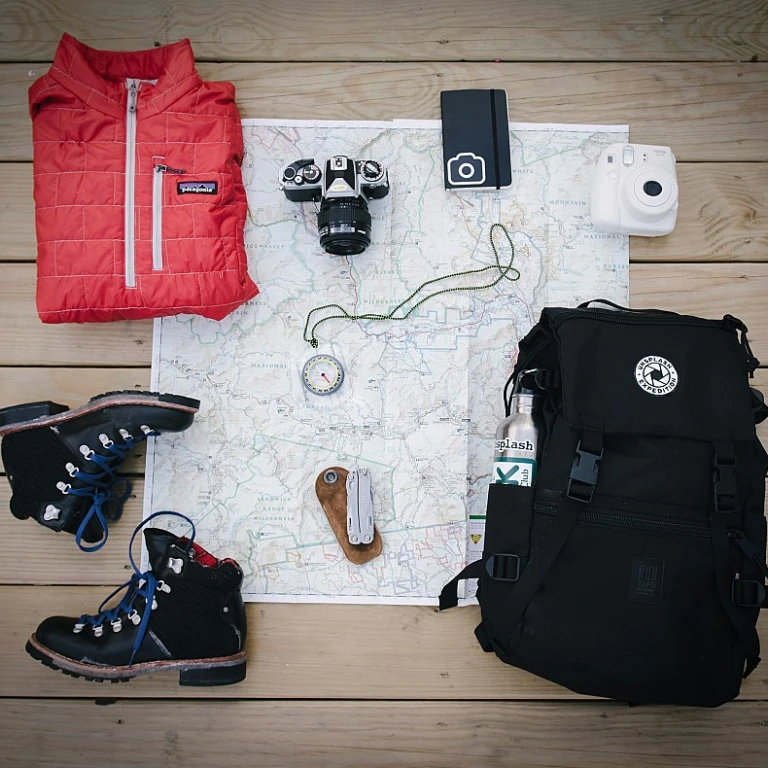
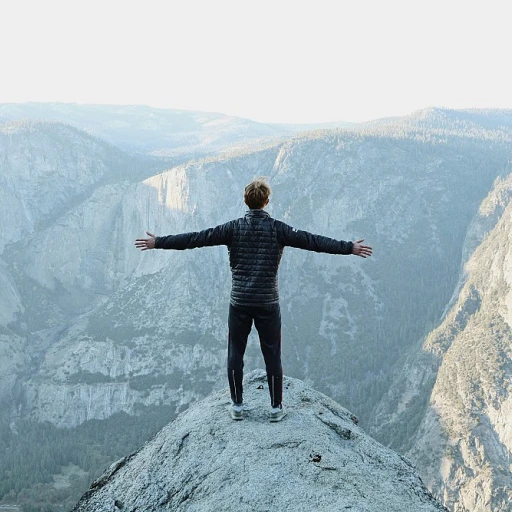
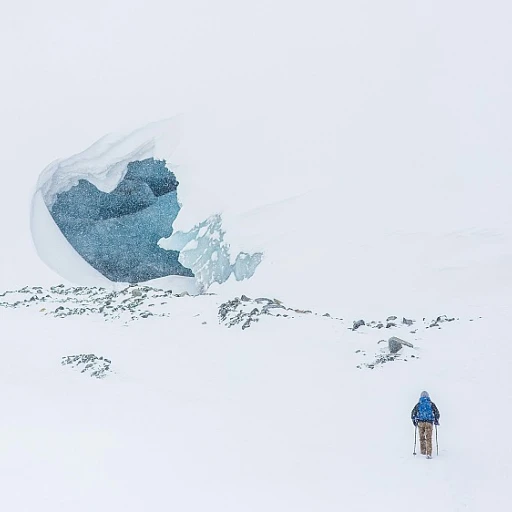
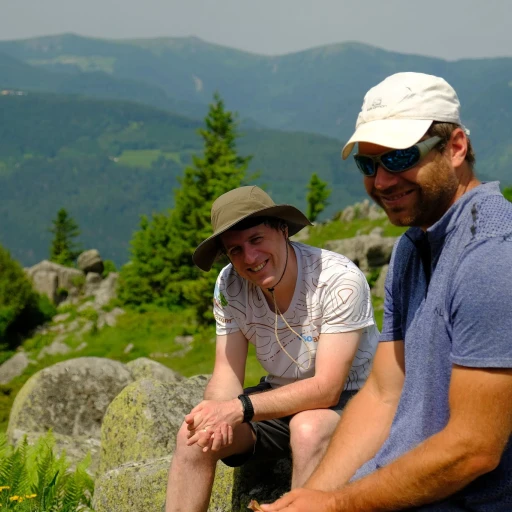
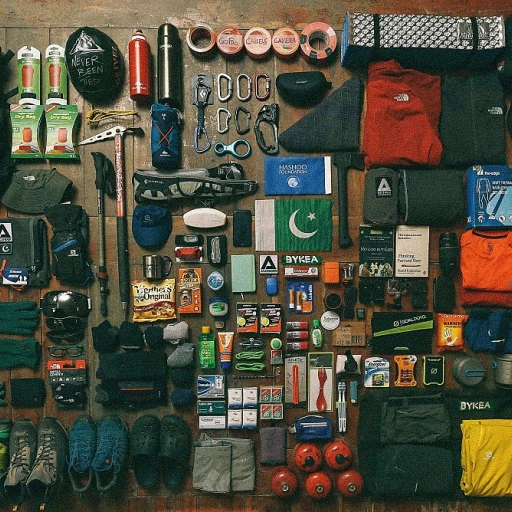
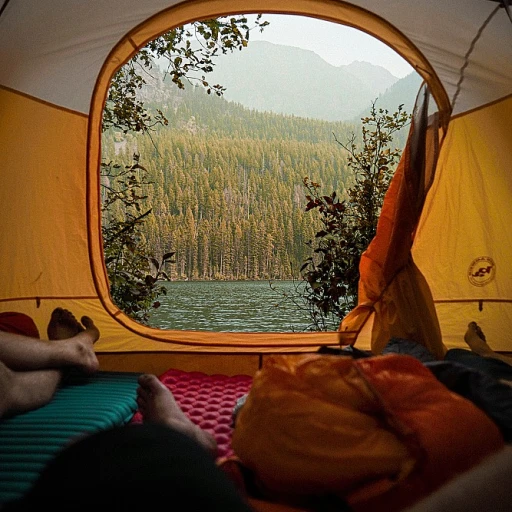
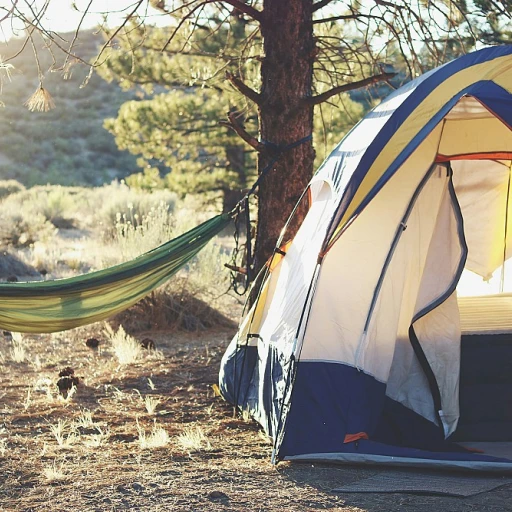

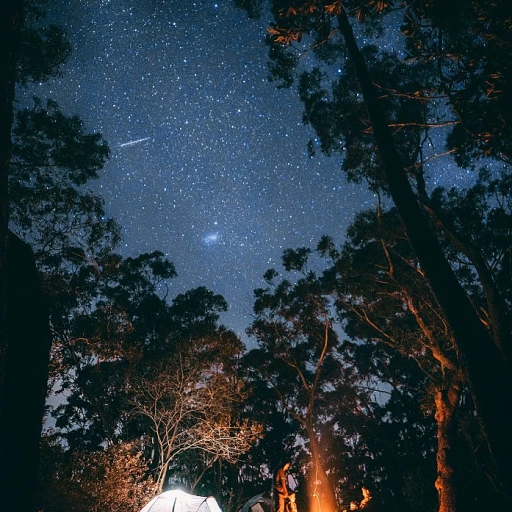
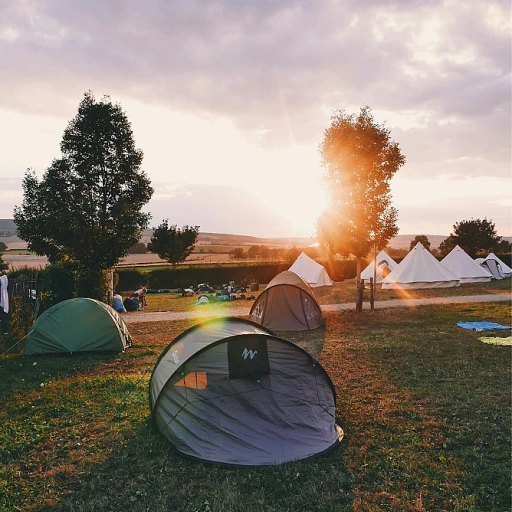
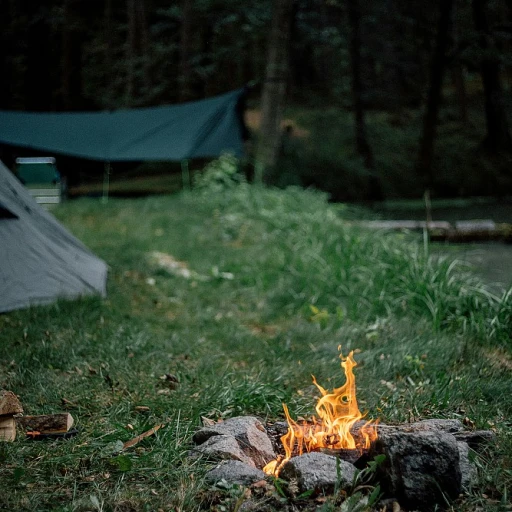
-large-teaser.webp)

